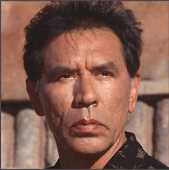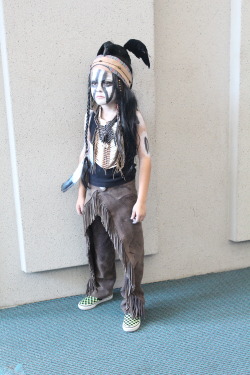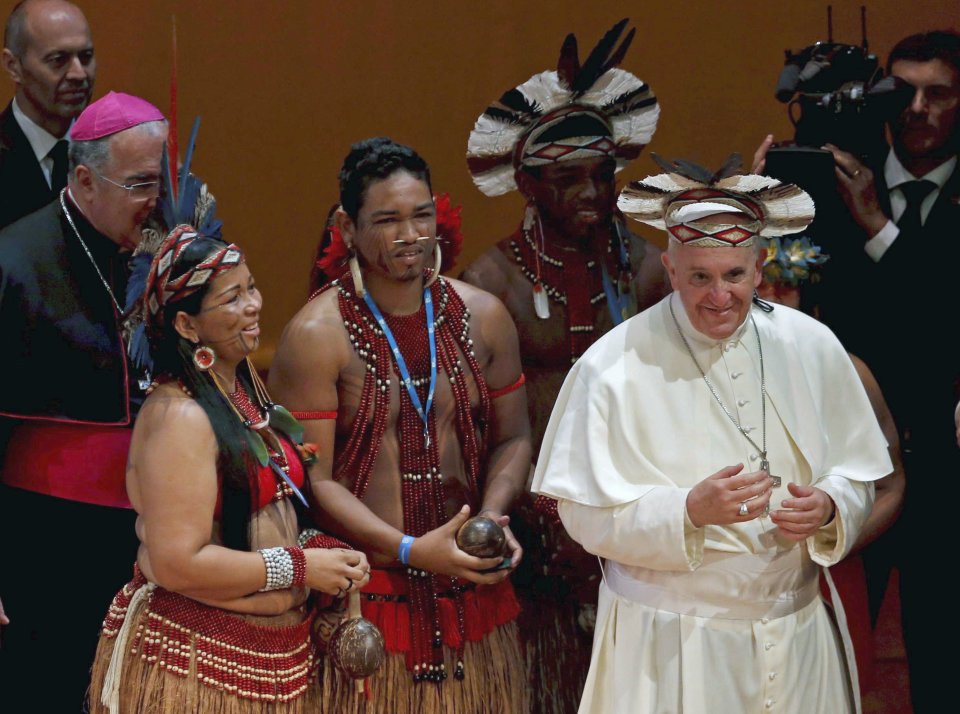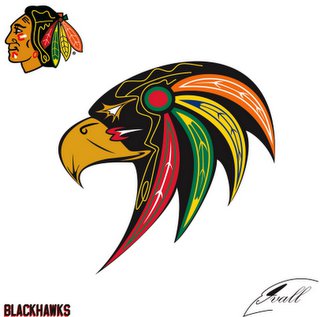The Lost Colony
5 of 5 stars--Reviewed July 29, 2013 NEW
This is one of America's longest running outdoor productions. You will enjoy seeing a huge cast--some who are wearing award winning 16th century costumes, Elizabethan choral music, and lots of special effects, including some fireworks. The setting is against he picturesque Roanoke Island sound. This is a must see for the whole family.
“2013 Show Much Improved Over Previous Years”
5 of 5 stars--Reviewed July 27, 2013
We did the pre-show backstage tour--$7 per person. Great experience. Highly recommended! The performers are much more professional than in the past. Dancers and dances, especially the Indian dance in Act I, were very entertaining. The singing is really excellent as are the fight scenes. Sound and light definitely first class! The dialogue is as corny and memorable as ever....
“Outstanding, Lively Drama. Wonderful for families!”
5 of 5 stars--Reviewed July 23, 2013
We made a special trip coming up from the south to detour over to Manteo and see the Lost Colony Outdoor Drama. All I can say is wow! We enjoyed it and really learned alot. Wonderful setting, excellent acting and singing and dancing. Gunshots and action for the kids. Real drama and poignant moments. It spurred us to learn more...
“Entertaining, Too Long & History(?)”
3 of 5 stars--Reviewed July 19, 2013
We took a group of 18 folks from 10 to 70 years old. The play was entertaining with action for the youngsters and music for the oldsters. However, at 2 1/2 hours it was too long. The portrayal of the Native Americans was inaccurate, and the conclusion was historical speculation presented as fact.
“A bit disappointing”
3 of 5 stars--Reviewed July 18, 2013
I have always been a fan of all types of theatre and at one time or another I have participated in all areas of it: as an audience member, stagehand, and as an actor. And I have seen numerous shows ranging from amateur to professional productions. So when I saw all the advertisements for "The Lost Colony" and all the rave reviews, I was intrigued and decided to check out a performance with my parents. That said I was disappointed. The show was not at all up to the standards I expected of a show that has been running for so long.
The show starts with a confusing scene where a group of the actors enter stage left singing a low, and very hard to understand song (which was a surprise to me because I enjoy that style of music and am usually able to understand the lyrics). Halfway through the song a narrator enters and begins to offer some explanation but his explanation developed quickly into a sermon and I found it almost impossible to follow by the end. The second scene moved to a Native American village where a group of dancers broke into a "tribal" dance, which appeared to have more elements of ballet and jazz in it than tribal elements. That's not to say the dancing wasn't ok, I just wish there had been more tribal dancing.
[Theater Review] 'The Lost Colony' 2013 Season Opens [Photo Gallery]
By Matt Artz
The opening ritual sequence shows off the sleek athletic bodies of the Native Americans, effectively introduced entirely by their striking dance movements, to the sound of beating drums that evoke an early tension foreshadowing what’s to come.
The most violent moments in the play are often juxtaposed with the more celebratory events of the colonists, none more grand than the much anticipated birth of England’s first child in the New World, baby Virginia Dare.

A book on the play provides more details:
The Lost Colony
A Symphonic Drama of American History
By Paul Green
With a rising acceptance of the humanity of Native Americans in the larger society, the stereotypical streak in The Lost Colony weakened the impact of the play on contemporary audiences. Realizing this, Drew Harris set out to do something about it. In his three years as artistic director, he eliminated the gift-giving, hence the clowning, when the Algonquians and English first meet. Audiences can now empathize with the grief of the medicine man as he cradles the head of the dead chief in his lap and moans, calling out Wingina's name in a voice of lamentation. Simply by casting her as a pretty young woman and eliminating her slapstick gestures, Harris transformed Agona from an object of ridicule to a strong positive character, whose presence adds believability to the spiritual growth of Old Tom (an important development in the play). He even created a tender moment between the two when, building on the artistic talent she always possessed (she makes candles for the colonists' chapel), Agona brings out a necklace she has made, places it over Tom's head, and gently arranges it on his shoulders.
The Lost Colony
Comment: I haven't seen this play, but we can note several problems in these reviews:
Many tribes had gatherings where people recounted histories or told stories for hours. Does the play convey that the Algonquians could be as intellectual as the Europeans? I doubt it.
A peaceful alternative seems just as likely to me. The colonists were hungry, or another tribe threatened them, so they sought the Croatons' help. In other words, the colony was in jeopardy, so the colonists begged the Croatons to take them in. They quietly abandoned the colony and disappeared into the forest.
It sounds like the play offers a worst-case scenario: one that makes the Indians responsible for the colony's failure. Along with everything else, the overall message is savagery. It may have been that way, but again, there's no hard evidence for it.
The Lost Colony should say something like that in its program or on stage. Present the alternative theories about what happened. If you portray Indians as deadly warriors without evidence, you're stereotyping them.
For more on the subject, see History of The Lost Colony and 76th Production of Lost Colony.





















